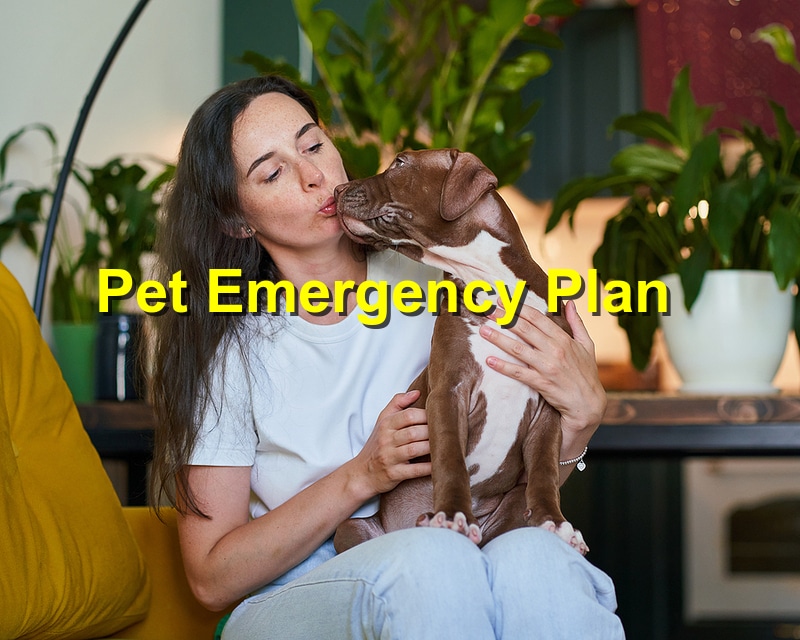A pet emergency plan is a set of procedures and measures that pet owners can implement to ensure their pets’ safety and well-being in case of an emergency. This can include natural disasters, accidents, or illnesses that require immediate attention. A pet emergency plan should include important information such as your pet’s medical records, emergency contacts, evacuation plans, and a well-stocked first aid kit. It should also include a current photo of your pet in case they become lost.
The plan should also include specific instructions on what to do in case of an emergency, such as how to perform CPR, control bleeding, and administer medication. It’s also important to include your pet in your family’s emergency plan and to discuss with everyone in the household what to do in case of an emergency. A pet emergency plan should also be regularly reviewed and practiced with your pet to ensure that everyone in the household knows what to do in case of an emergency. This can help you act quickly and effectively in an emergency and greatly improve the outcome for your pet.
In short, a pet emergency plan is a comprehensive guide that helps pet owners to be prepared for any emergency situation, it can help you to make quick decisions and act swiftly in case of an emergency; this will greatly improve the outcome for your pet. Here’s how to go about crafting one for your plan.
- Gather important information: Collect your pet’s medical records, including vaccinations, medications, and any previous illnesses or injuries. Also, include a current photo of your pet in case they become lost.
- Identify emergency contacts: Make a list of emergency contacts, including your veterinarian, the nearest emergency veterinary clinic, and a pet-sitter or family member who can care for your pet if you are unable to.
- Plan for evacuation: Have a plan in place in case of an emergency evacuation, such as a natural disaster. Make sure you have a carrier or crate for your pet, a leash, and enough food and water for at least three days.
- Prepare a first aid kit: Keep a well-stocked kit for your pet that includes bandages, scissors, tweezers, a thermometer, and any medications your pet may need.
- Include your pet in your family emergency plan: Make sure to include your pet in your family’s emergency plan and discuss with everyone in the household what to do in case of an emergency.
- Keep emergency phone numbers handy: Keep emergency phone numbers, including your veterinarian and the nearest emergency clinic, in a visible and easily accessible location in your home.
- Practice your plan: Regularly review and practice your emergency plan with your pet to ensure that everyone in the household knows what to do in an emergency.
By creating a pet emergency plan, you can be prepared to act quickly and effectively in case of an emergency, which can greatly improve the outcome for your pet. Remember that it is always best to be prepared and have a plan in place than to be caught off guard in an emergency situation.



